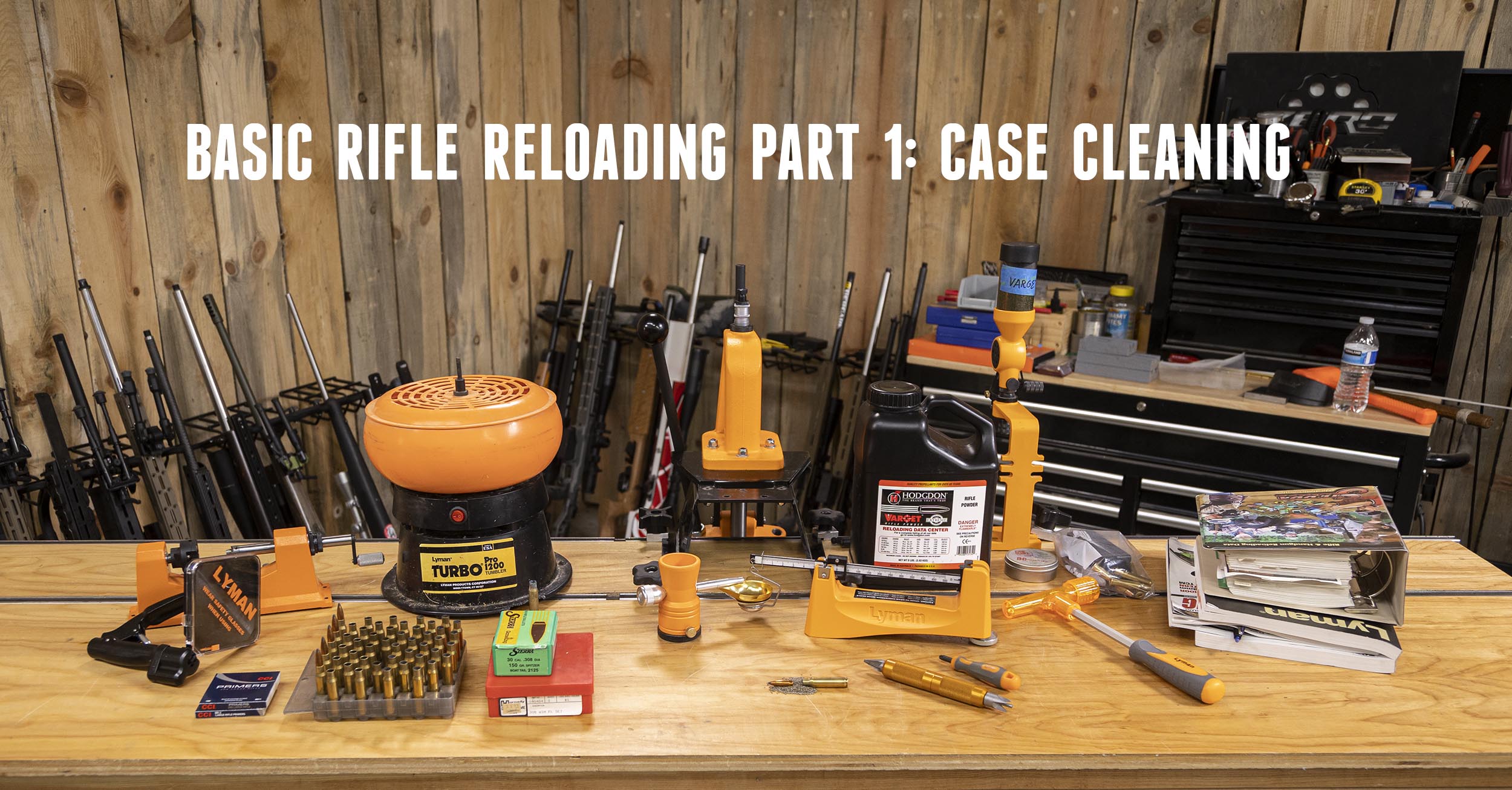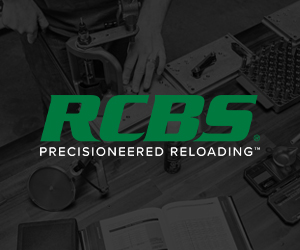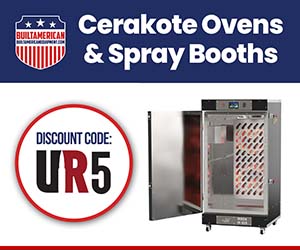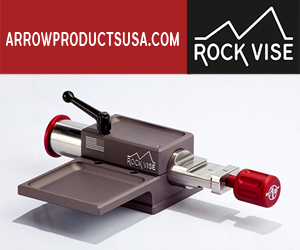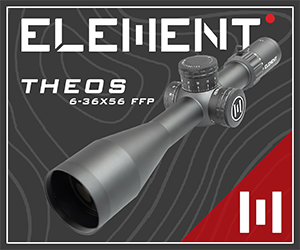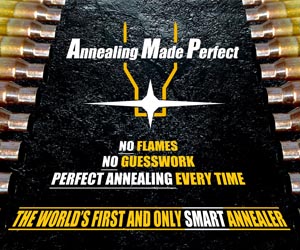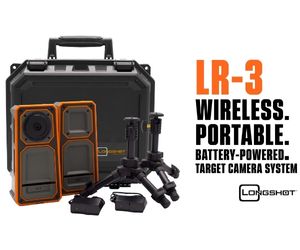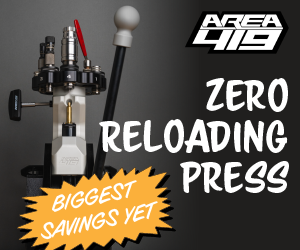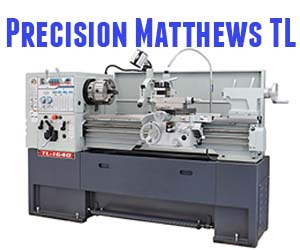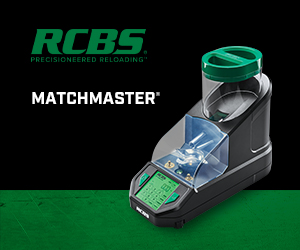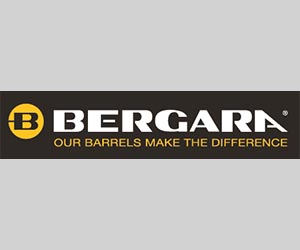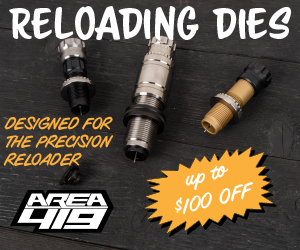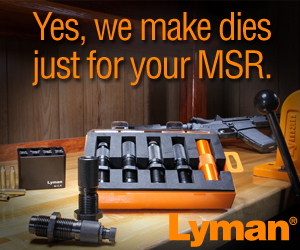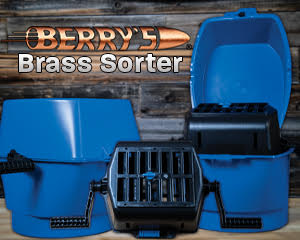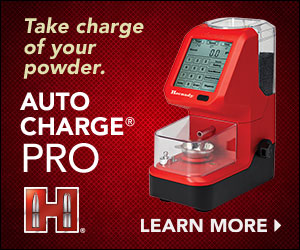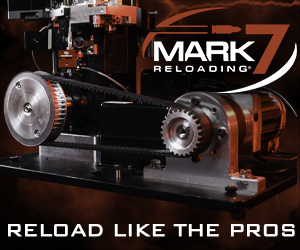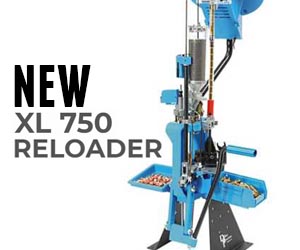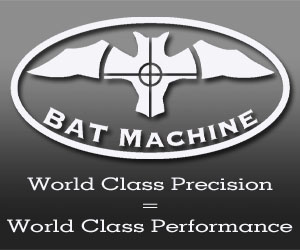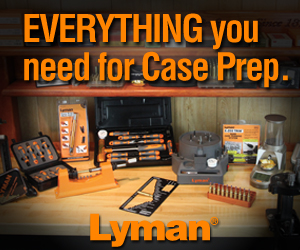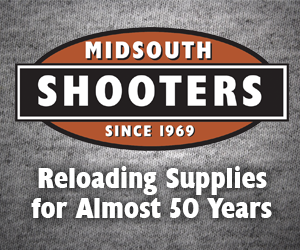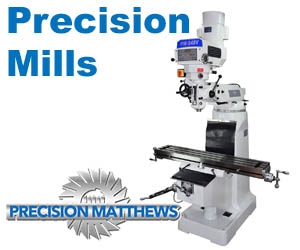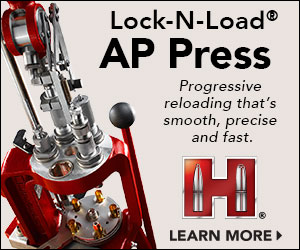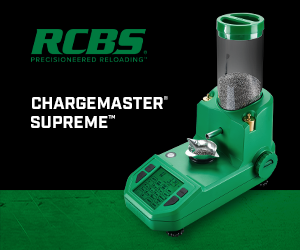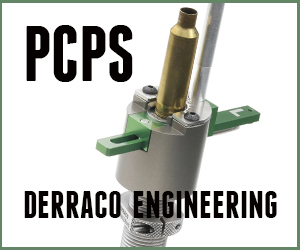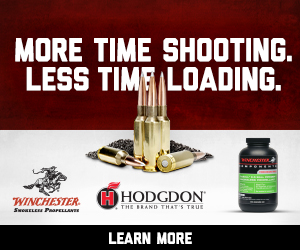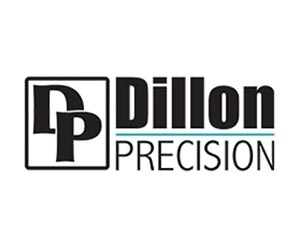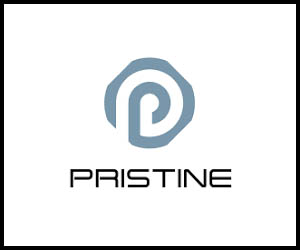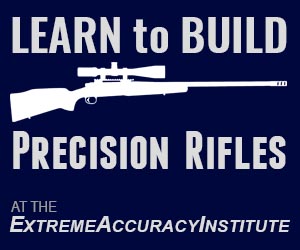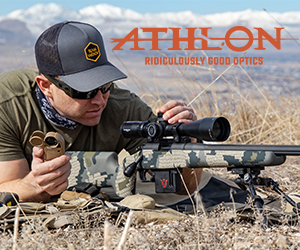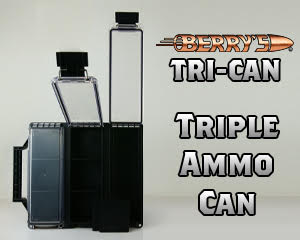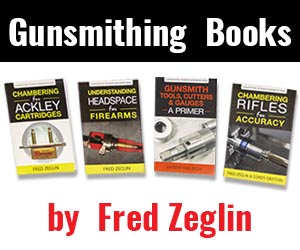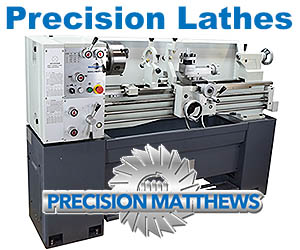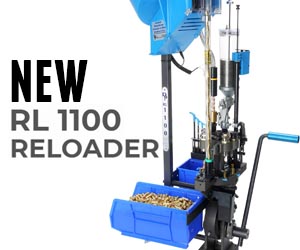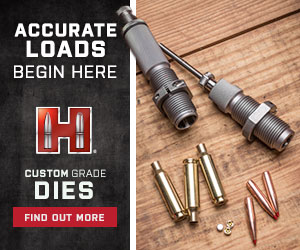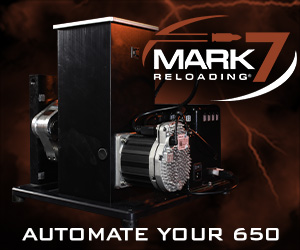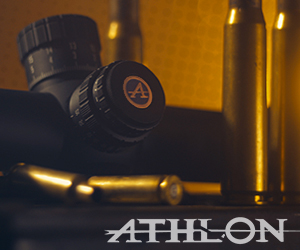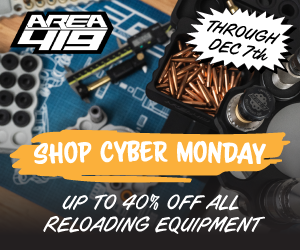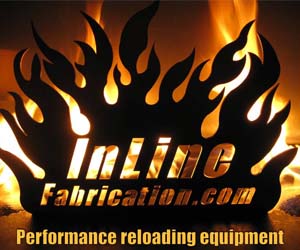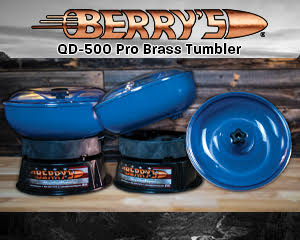Here at Ultimate Reloader, we use a lot of sophisticated equipment, but every person needs to start with the basics. In this series, we’ll review the basics of reloading for all the beginners out there, starting with cleaning brass!
Disclaimer
Ultimate Reloader LLC / Making with Metal Disclaimer: (by reading this article and/or watching video content you accept these terms). The content on this website (including videos, articles, ammunition reloading data, technical articles, gunsmithing and other information) is for demonstration purposes only. Do not attempt any of the processes or procedures shown or described on this website. All gunsmithing procedures should be carried out by a qualified and licensed gunsmith at their own risk. Do not attempt to repair or modify any firearms based on information on this website. Ultimate Reloader, LLC and Making With Metal can not be held liable for property or personal damage due to viewers/readers of this website performing activities, procedures, techniques, or practices described in whole or part on this website. By accepting these terms, you agree that you alone are solely responsible for your own safety and property as it pertains to activities, procedures, techniques, or practices described in whole or part on this website.
Why Are You Reloading?
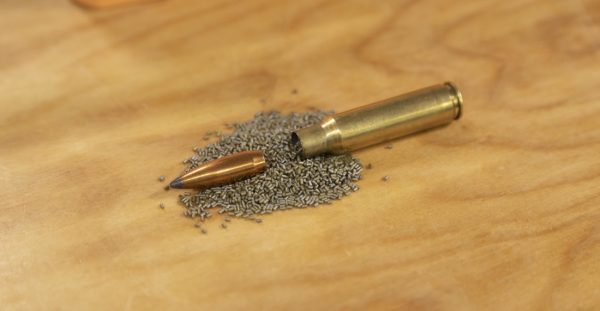
One of the first things every reloader needs to consider is the reason for reloading. People take up reloading for a variety of reasons including hunting, formal target competition, skills practice, informal target shooting (“plinking”), to save money, to have more ammunition available for more shooting, and for the personal satisfaction of creating ammunition custom-tailored to their specific needs. The intended use dictates the type of ammunition crafted and the reloading tools required.
For instance, benchrest and F-Class competition, among others, require extreme downrange accuracy. Match grade bullets are generally used along with match-grade brass cartridge cases, competition dies and other sophisticated handloading tools. Many venture into reloading with the purpose of saving money. Reloading is an investment and it can get expensive, but if you are loading at high volumes with specific purposes, it can be financially beneficial.
A varmint hunter normally wants excellent accuracy with a highly frangible bullet that will cause tremendous damage to small varmints such as prairie dogs, sage rats, and marmots.
A big game hunter generally favors bullets that combine expansion and penetration. Larger, heavier, stronger game can require deeper penetration and bullets designed to accomplish that.
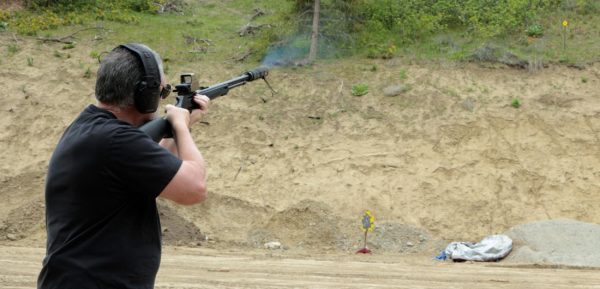
Plinking or blasting ammo should be reliable but doesn’t need the high degree of accuracy required for precision shooting. Less expensive components do well in this role. You don’t need a 1,000 yard target bullet to ring steel at 50 yards.
As this series is about basic rifle reloading, I chose to use gear suitable for beginners. It is good quality gear, but more affordable and basic than some of the specialized high-end reloading tools we’ve featured on the channel. I decided to reload .308 Winchester because it is very popular in several different disciplines of target shooting and is also a widely used hunting cartridge. The tools and techniques used in this series can be used for most rifle cartridges.
Reloading Safety

Without being overly dramatic, it is worth noting that reloading involves primers, smokeless gunpowder, cartridges and firearms. Caution is required.
Start with load data research. Do NOT just take someone’s word for what is a good load. Loading manuals such as those produced by Hodgdon, Lyman, Sierra, and others are excellent resources. Most not only have data, but also detailed information about the reloading process. There are also several reliable online sources. The one I use most frequently is Hodgdon’s Reloading Data Center.
Hodgdon also produces their Annual Manual, which features articles and thousands of loads using several different brands of powder. Pressure figures for both starting and maximum loads are included.
Sierra’s manual is notable for recommending loads ideal for accuracy as well as hunting loads that have worked well in a variety of different rifles.
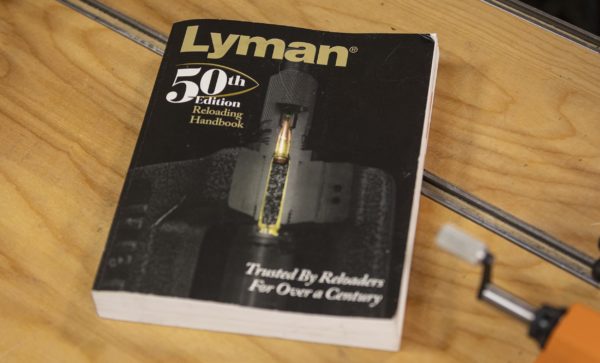
Lyman’s manual is particularly useful if using Lyman’s reloading tools, but is a worthwhile addition to any reloader’s library.
Load manuals are produced by bullet manufacturers, powder makers/distributors, and companies that produce reloading tools. I highly recommend obtaining several different manuals. Sometimes the various manuals provide differing load data, particularly regarding maximum loads. I’ve found that the manuals produced by the bullet manufacturers are excellent sources of information about loading their particular bullets.
I’d also recommend taking a look at the various reloading articles and videos that Ultimate Reloader has published over the years. Chances are we’ve featured the reloading tools you’ve chosen and may well have loaded the cartridge you’re interested in. The search feature on the website works well for finding past articles and videos.
A great rule is to start load development with low charges and gradually increase the powder charges towards the desired velocity and power level. Exceeding the maximum published charge is not recommended. Individual rifles may vary in strength, and some designs are well known for their strength or weakness. Play it safe and do your research before starting to load your own cartridges.
After doing the research, it should be reasonably simple to choose compatible cartridge cases, primers, powder, and bullets.
Additional Safety Considerations
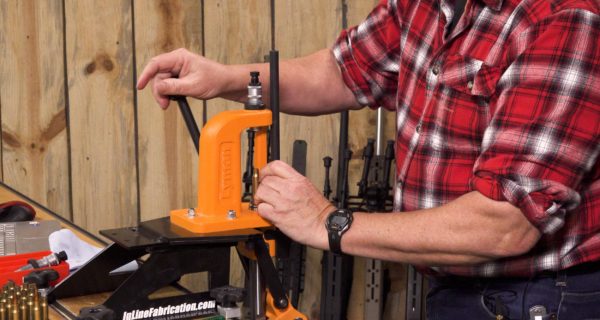
Don’t be in a hurry. This is particularly important for a new reloader. Allocate enough time to set up the loading gear and properly complete the reloading steps. It’s easy to make a mistake when in a hurry.
Don’t load while distracted. Attention to detail is required. A distracted reloader is a dangerous reloader. I prefer to load in a room I’ve got set up specifically for that purpose, alone.
If during the process of reloading cartridges something doesn’t look, feel or sound right. STOP! Determine what’s wrong and find a solution. As an example, several years ago I was handloading some 45 ACP pistol cases with fast-burning Bullseye powder. I was using 5.0 grains of powder…or so I thought. I had about 20 cartridge cases finished up and realized that something didn’t look right about the powder charge. There was obviously too much powder in the case. I discovered I’d inadvertently set my powder scale and measure to dispense 10 grains of Bullseye! This was extremely dangerous. The double charge would have produced far too much pressure and was likely to seriously damage or even destroy my pistol, and possibly injure me or someone else. I stopped my loading right then and disassembled those cartridges by pulling the bullets and dumping the powder. When in doubt, check!
Series Gear
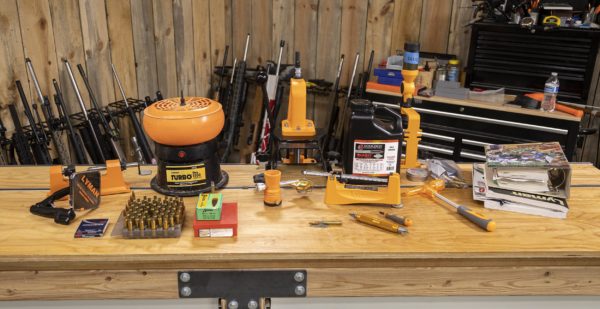
Before we get too far into the weeds, I wanted to take a moment to outline the Lyman gear we’ll be using in this series.
We have the Lyman Turbo vibratory tumbler, manual case trimmer, handheld priming tool, Lyman Brass Smith Victory press, powder measure, balance beam scale and powder trickler. We also have a few hand tools.
The First Step – Cleaning the Brass
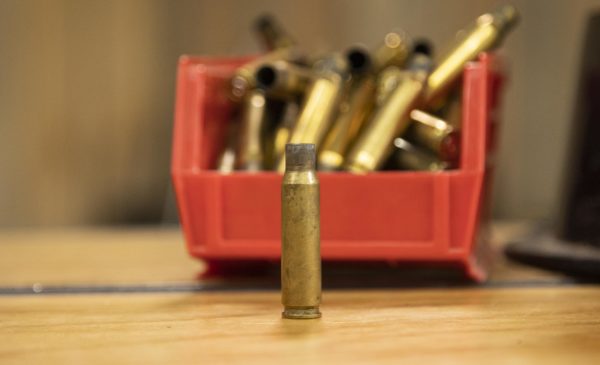
Brass gets dirty. The firing process itself leaves dirty residue inside and outside of the case. Cartridge cases often end up on the ground in dust, sand, mud, water or even snow. This all needs to come off the cases before running them into a sizing die. Dirty cases can cause scratches and premature wear, eventually ruining the sizing die.
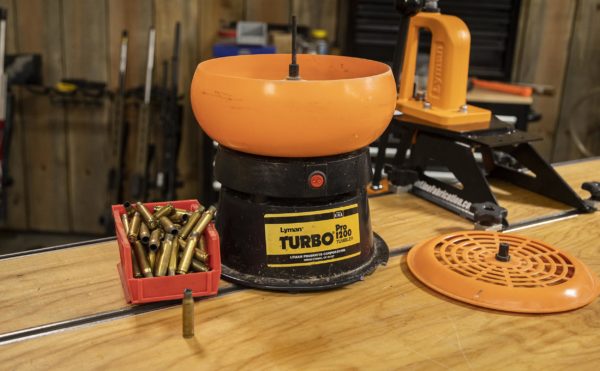
An easy way to clean brass is to use a brass tumbler. There are several different types of tumblers and tumbling media. A basic vibratory tumbler with ordinary walnut shell media does a good job of cleaning the brass. Mildly dirty cases may need only 15 minutes to clean, but typically more time is required. I’ve often run the tumbler with dirty old brass for a couple of hours. Corn cob media is an alternative to walnut shell and does a nice job of polishing the brass to a high sheen. Different additives can be used to make the media more effective.

Inspect the dirty cases prior to putting them into the tumbler. Some may have been damaged; others may be the wrong cartridge. For example,it’s easy to inadvertently mix a 270 Winchester case in with a batch of 30-06 cases to be cleaned and reloaded. The quick inspection is to eliminate those problems.
Pour the media into the tumbler, dump in the brass cartridge cases, fasten the lid, and let the tumbler do the work.
Vibratory tumblers produce dust, which is likely contaminated with lead and other chemicals from the dirty cases. For this reason, I prefer to tumble my brass outdoors and keep the dust out of my home.
I highly recommend dry tumbling brass with the primers still intact. This prevents tumbling media from getting stuck in the primer pockets. I also prefer walnut over corn cob media. Walnut is a bit more aggressive whereas corn cob is a bit gentler.
For our video, I chose thrice-fired 308 Winchester brass. This came from Federal Gold Medal factory ammunition I had also reloaded twice. It had been sitting in a coffee can for several years and was dirty and tarnished. The tumbler ran for two hours, and I checked the condition of the brass at several points during that time.
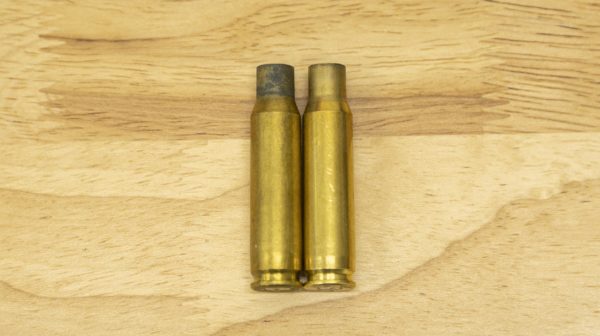
When finished tumbling, separate the media from the cases. There are various tools to assist with this, like the Lyman rotary case media separator. Be sure to empty the media from each case individually as well.
Conclusion
Reloading rifle ammunition is rewarding. Producing and using high quality ammunition is fascinating and can be a lifelong avocation. Determining how the ammo will be used will help with component and equipment selection.
Certain safety considerations must be adhered to, particularly researching the load before building it, working up carefully to the desired power level, and working methodically, checking the ammo during the process.
The first reloading step in the process is cleaning the brass by tumbling. Remember to give the tumbler time to work. Next we’re on the way to sizing, priming, charging with powder, seating bullets and doing some shooting. Be sure to catch the other articles and videos in this series!
Get the Gear

You can find an abundance of reloading gear at Midsouth Shooters Supply!
Here are the items featured in this video:
Lyman 1200 Pro Turbo Tumbler 110 Volt
Hornady 308 Winchester Match Grade Unprimed Rifle Brass
Also available at Creedmoor Sports
Don’t miss out on Ultimate Reloader updates, make sure you’re subscribed!
Thanks,
Guy Miner
